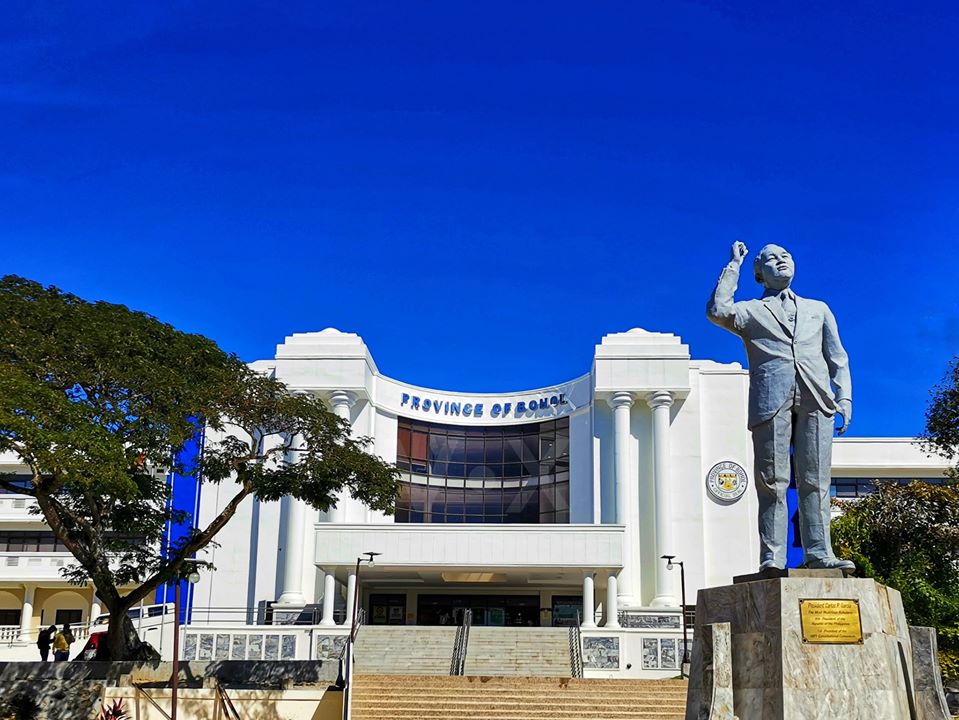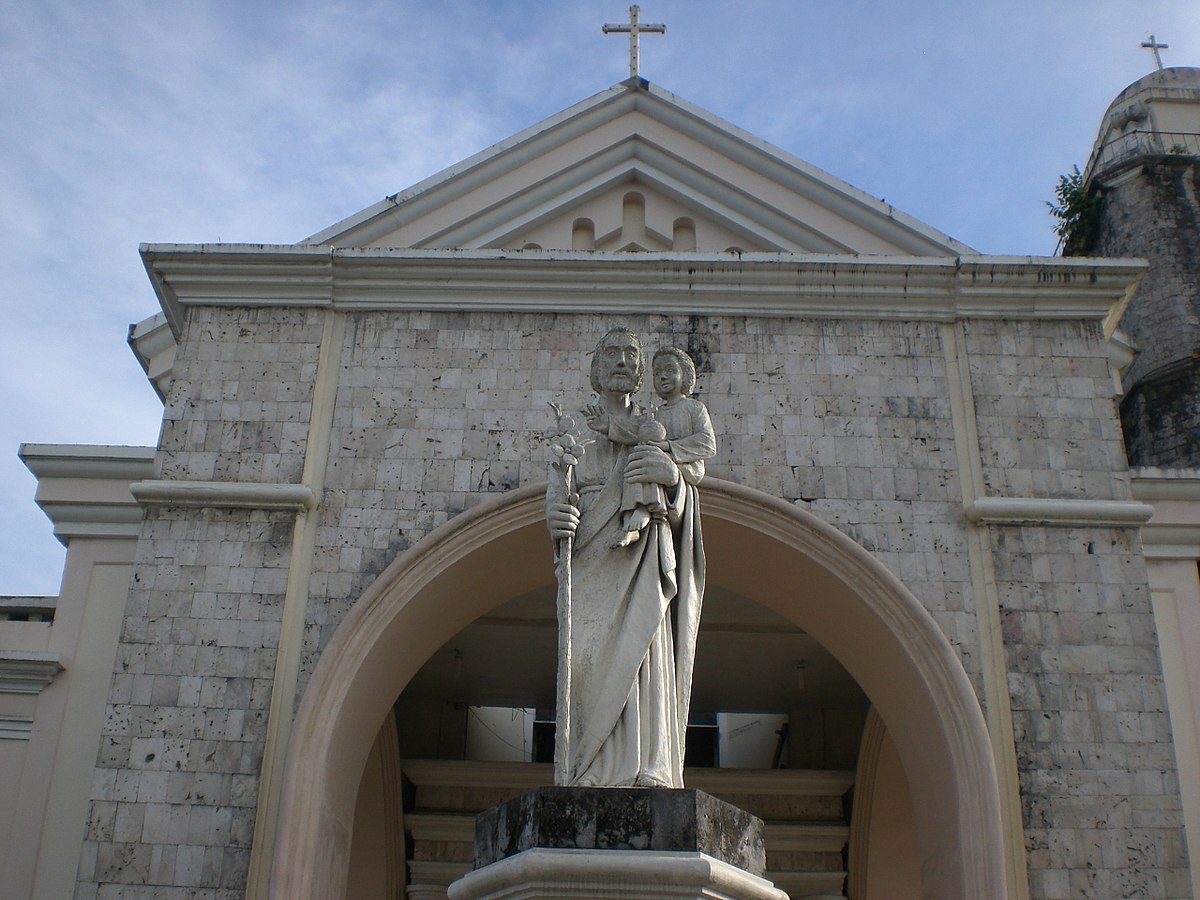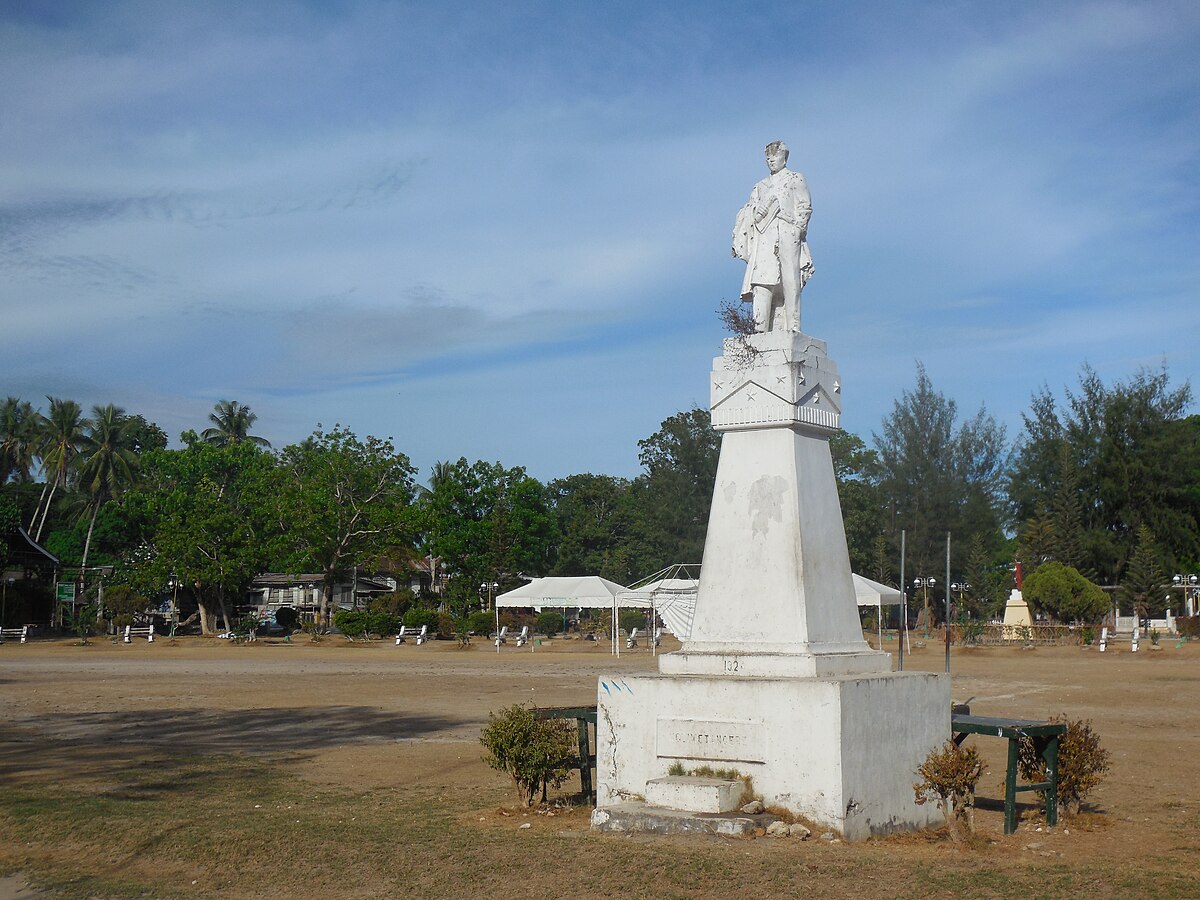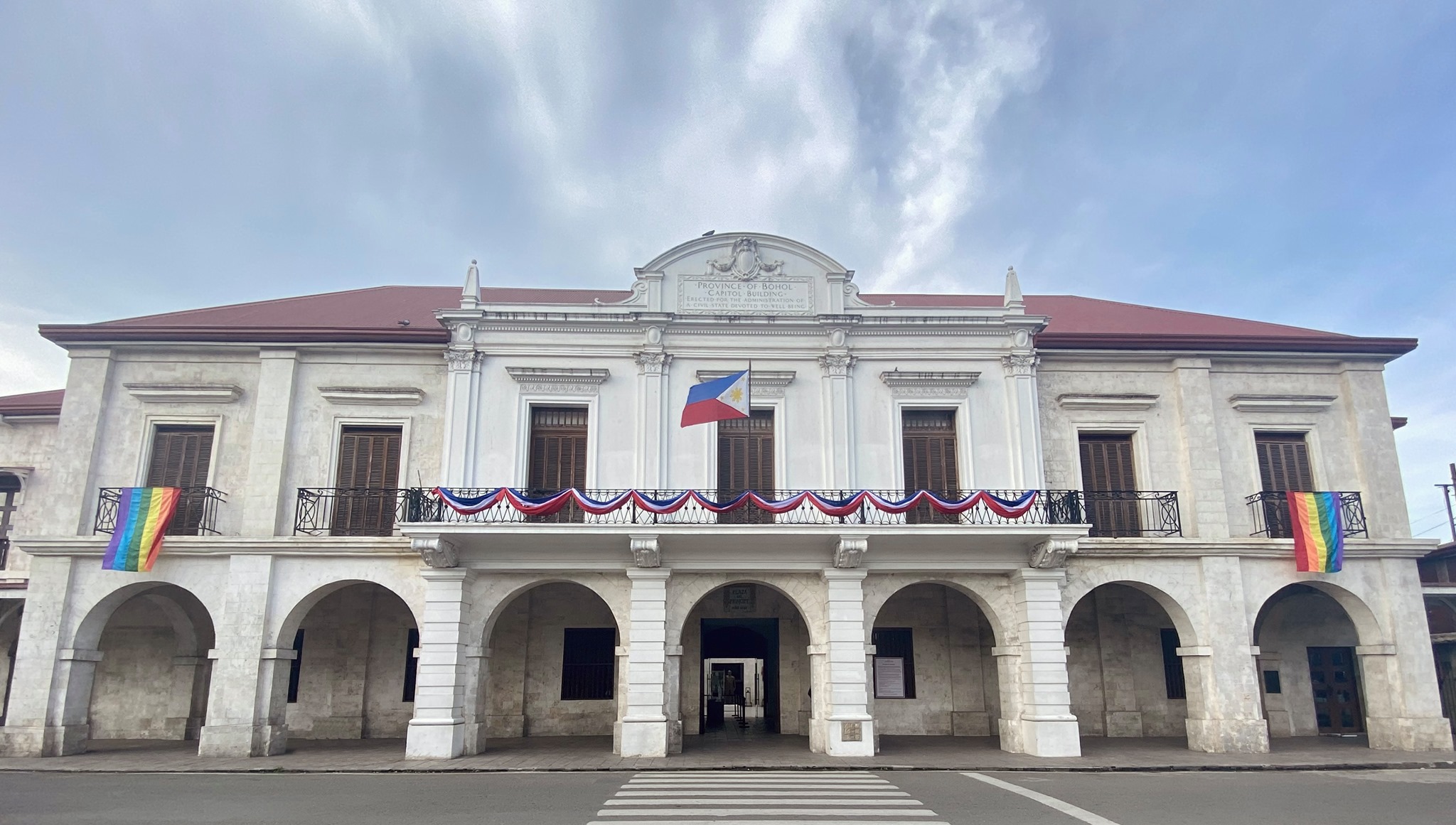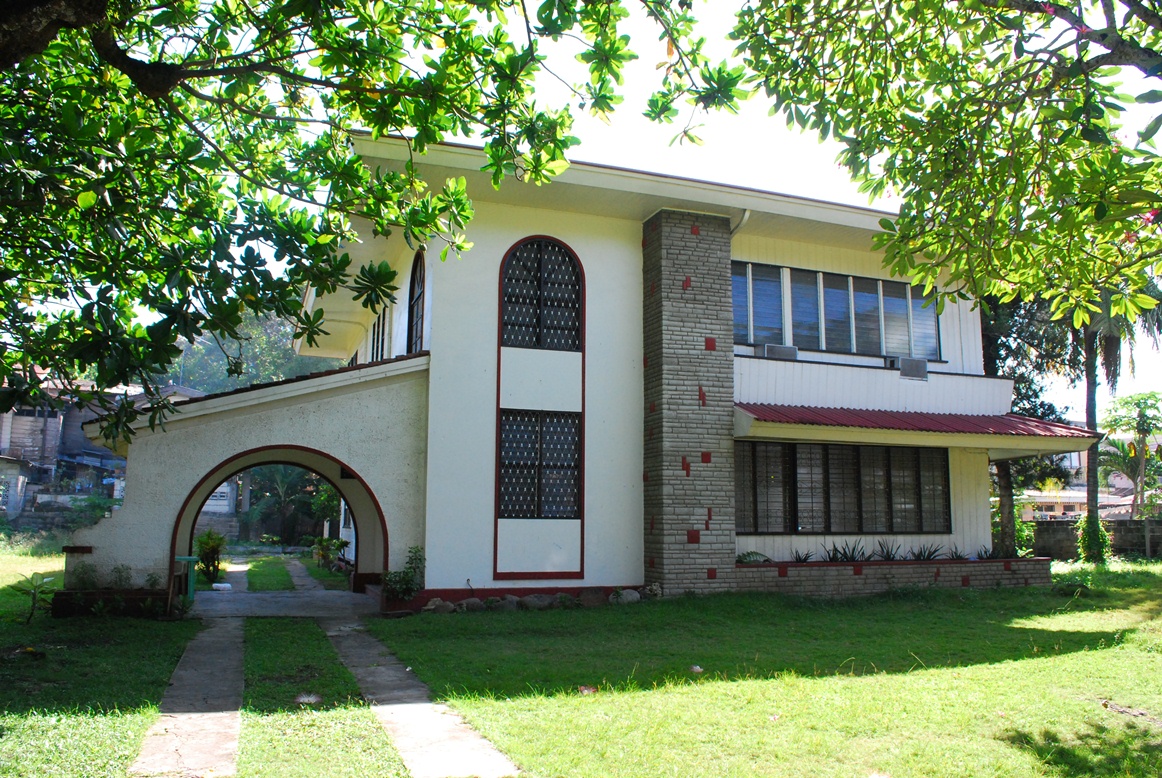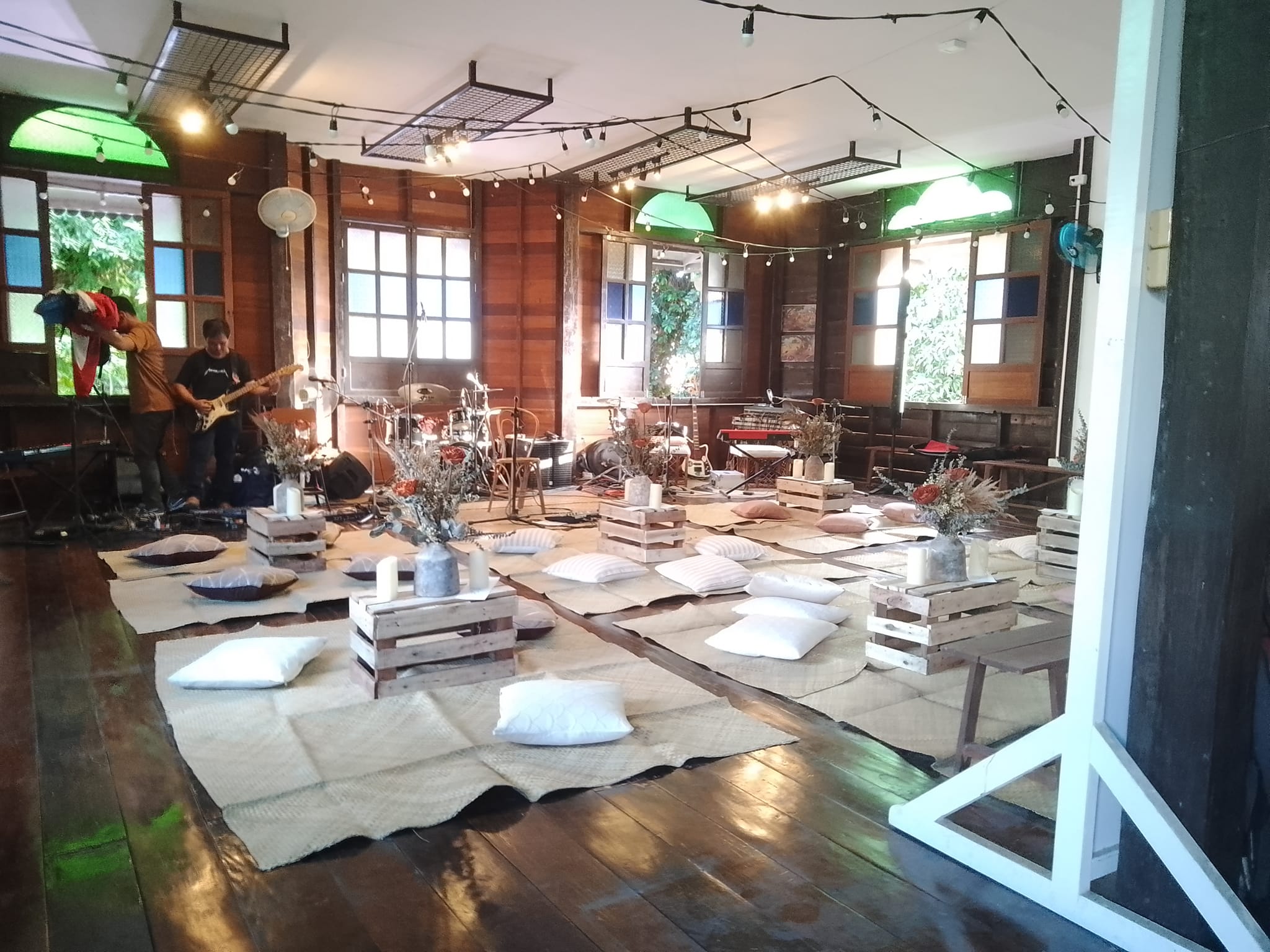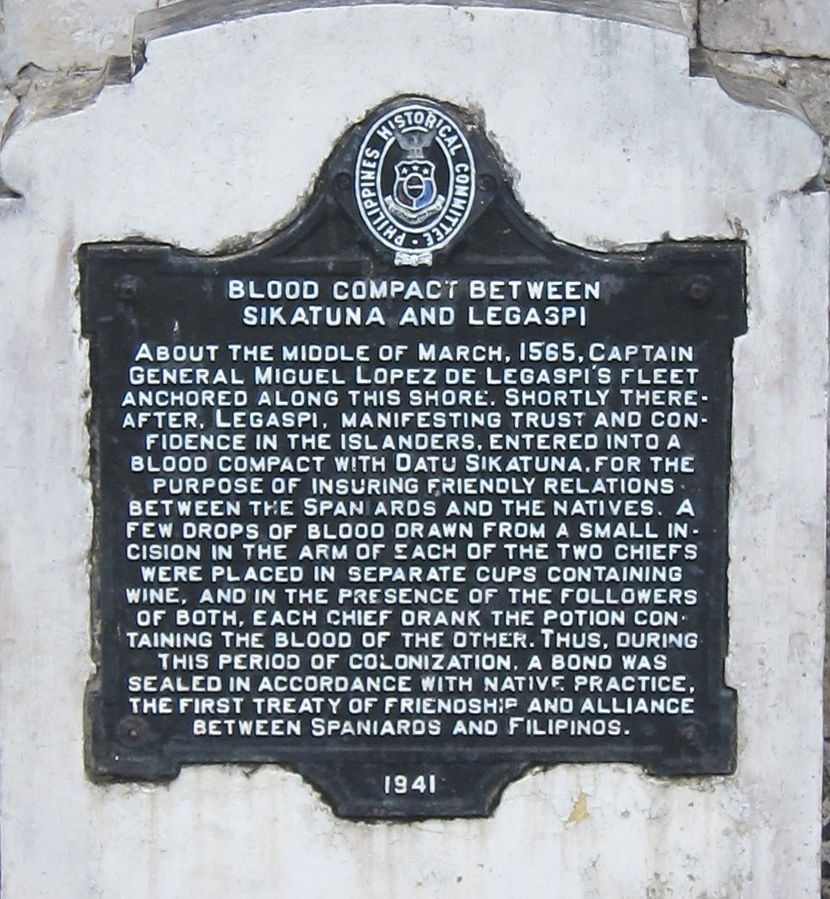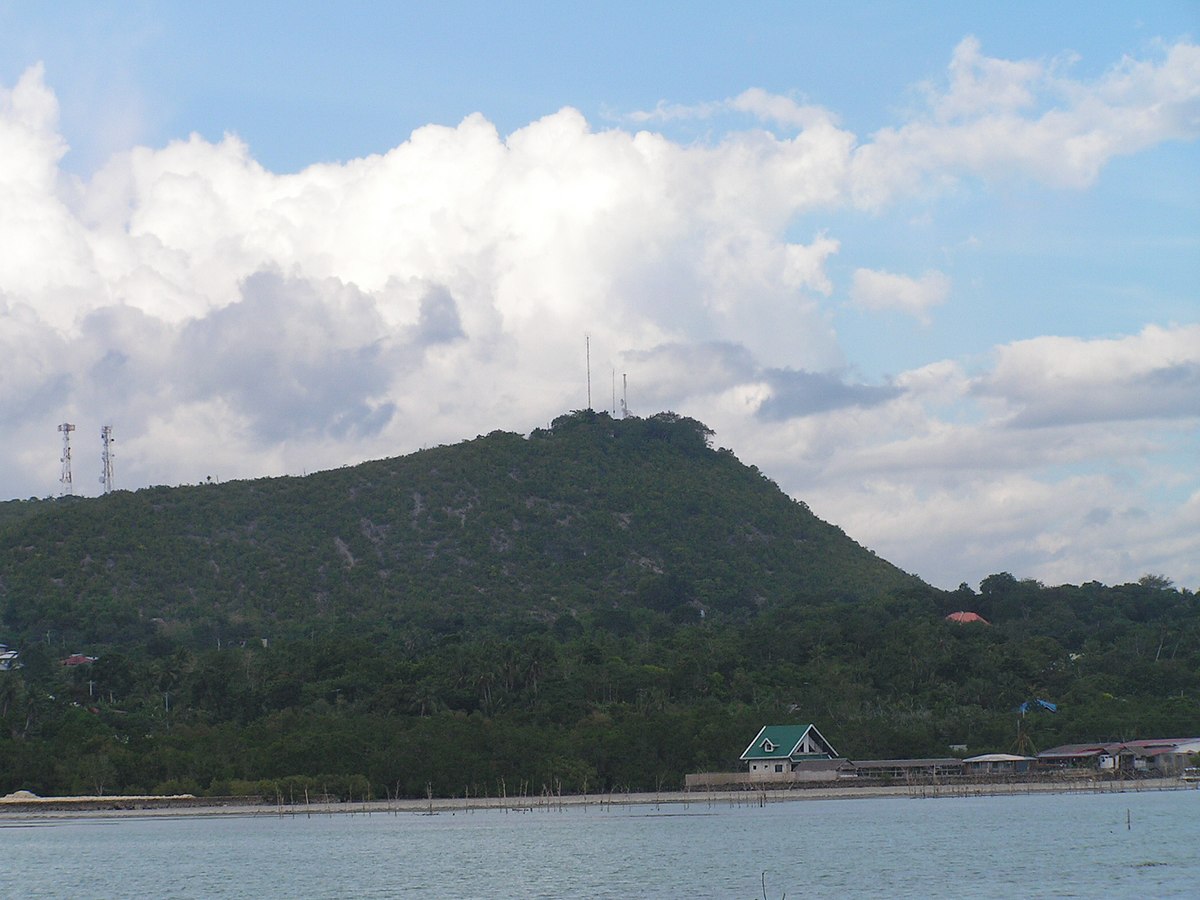Welcome to Tagbilaran City in Bohol, and welcome to Anthro on Foot's walking tour! This is a
self-paced walking
tour that features key heritage sites and cultural highlights in the area. We hope you enjoy this tour
as much as
we enjoyed curating it!
The Bohol province, including Tagbilaran City, was home to indigenous groups with their own
distinct languages, cultures, and traditions. Some of the indigenous groups in Bohol include the
Boholanos or Bol-anon, Panglao, Eskaya, and Tigwahanon Manobo, the latter originating from Mindanao
but have also settled in some parts of Bohol.
The Tagbilaran Strait served as the site for the precolonial kingdom of the Kedatuan of Dapitan,
otherwise known as Bo-ol Kingdom, to denote the Dauis–Mansasa polity in the present-day city of
Tagbilaran and the neighboring island of Panglao. A "polity" refers to an organized political entity
or system, often characterized by a specific form of government or administrative structure.
Bo-ol Kingdom held significant power in its time, marked by the presence of thousands of stilt
houses above the seawaters of the strait and numerous residences along the shorelines from
Tagbilaran to Baclayon, and from Tutolan to Biking in Dauis. Dauis is one of the oldest
municipalities in the whole of Bohol.
The kingdom’s influence extended over Bohol, Siquijor, Tanhay, Negros Oriental, Northern Mindanao
from Zamboanga to Surigao, Southern Leyte, and Eastern Mindanao up to Davao Oriental. The Bo-ol
Kingdom received embassies, including one from Ternate in Indonesia.
The arrival of the Spanish colonizers in the 16th century marked a significant turning point in the
history of Tagbilaran City. The influences of colonial rule, changes in governance, and the
introduction of Christianity have shaped the modern cultural landscape of the area.
Bohol is known for the Sandugo, a traditional Filipino ritual of friendship or blood compact, which
took place between Spanish explorer Miguel López de Legazpi and Datu Sikatuna, a local chieftain in
Bohol. This event is considered one of the earliest recorded treaties of friendship between the
indigenous Filipinos and the Spanish colonizers.
The Blood Compact took place on March 16, 1565, in the area believed to be in Barangay Bool in
Tagbilaran. This was just a few days after Legazpi's arrival in the Philippines.
